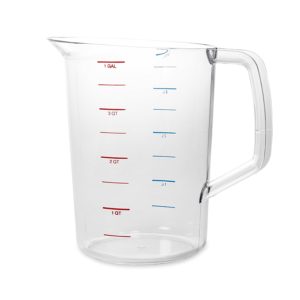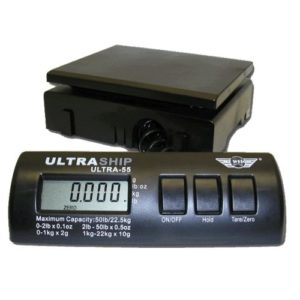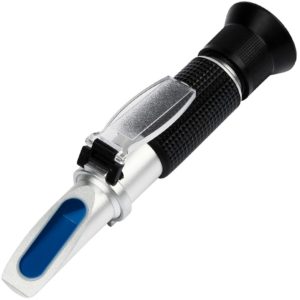
Part of Our Homebrew Tips and Tricks Series. Check out the complete list – Homebrewing Tips, Tricks & Shortcuts!
Propane Tank Tips
Refill vs swap. The capacity of the standard 20 lb propane tank is, well.. around 20 lbs. Several years ago, some swap services started to underfill tanks. For example, it’s my understanding that Blue Rhino fills to 15 lbs and Heritage Propane fills to 17 lbs.
For me, refilling a tank to 20 lbs is actually less expensive than swapping it out. For the purpose of comparison, let’s say that refilling and swapping are the same… $20 to swap and $20 to refill. The fill costs you $1/lb. If you’re refilling with a vendor that fills to 15 lbs, you’re paying $1.33/lb or 33% more.
When you refill your tank – You’re, generally, saving money, You’re supporting a local business and saving yourself time because you don’t have to get propane as often.
Extra tanks. I suggest having an extra tank (or two) of propane on hand. Running out of propane mid brew is a bummer. It is inconvenient and you can end up with a different beer than you intended because of the delay. This can also be a money saving thing too if your refiller charges by the tank. Since you don’t want to run out of propane on brew day, you may be more likely to swap or refill a tank that still have propane left in it.
Search Amazon for “Propane Tank” – offerings vary
More Homebrew Finds!
This post may contain affiliate links. We may make a commission when you use our links. This will never cost you extra. Thank you for supporting Homebrew Finds!
Make sure the components you use are compatible and rated for your intended application. Contact manufacturer with questions about suitability or a specific application. Always read and follow manufacturer directions. toppost:propanetips urp:tips4 tag:tpru

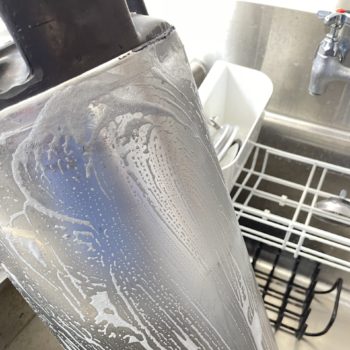 Bar Keepers Friend is my go-to for deep cleaning stainless, kegs, kettles and such. It works wonders. The picture above is from my post on rebuilding kegs – Jump To: Section on Bar Keeper’s Friend – If you look through the post you’ll see just how good the keg looks at the end.
Bar Keepers Friend is my go-to for deep cleaning stainless, kegs, kettles and such. It works wonders. The picture above is from my post on rebuilding kegs – Jump To: Section on Bar Keeper’s Friend – If you look through the post you’ll see just how good the keg looks at the end.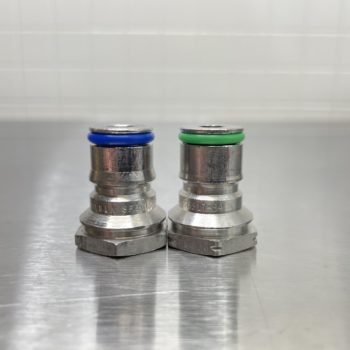
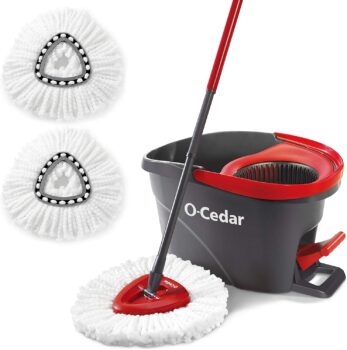
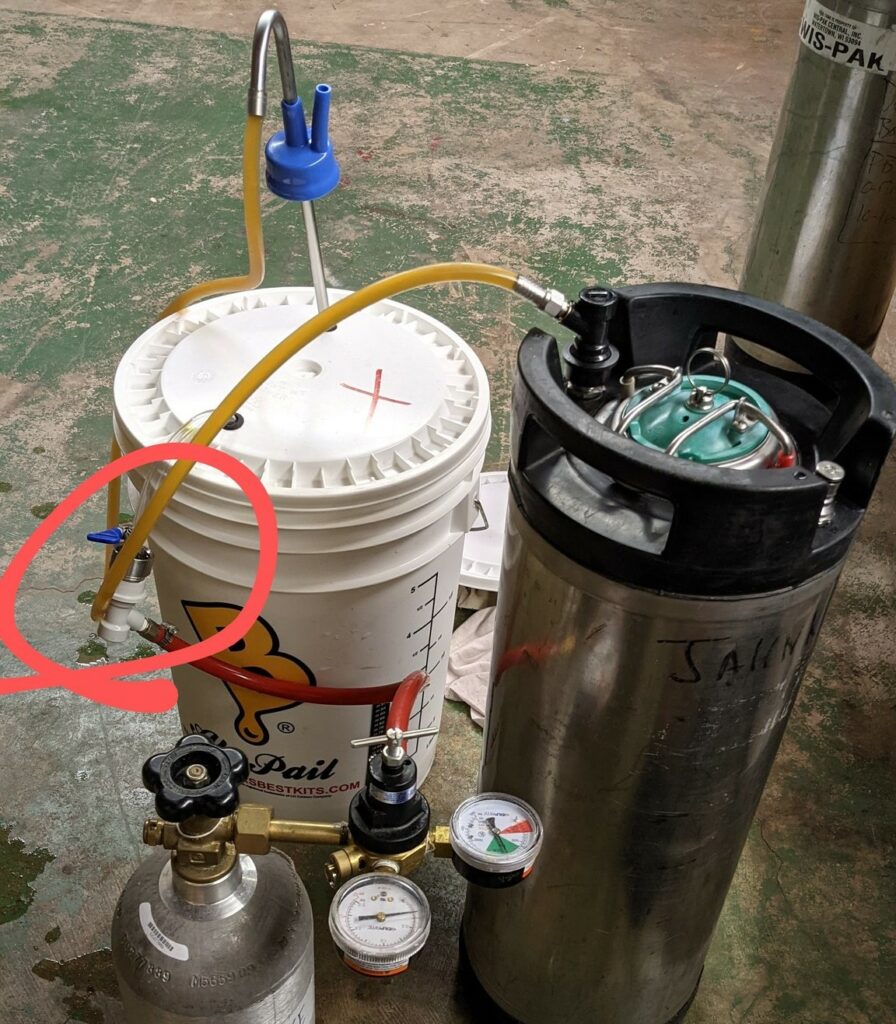
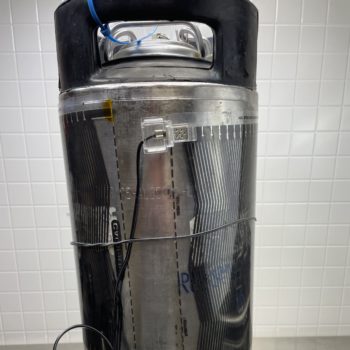

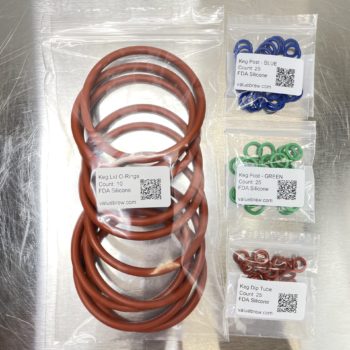
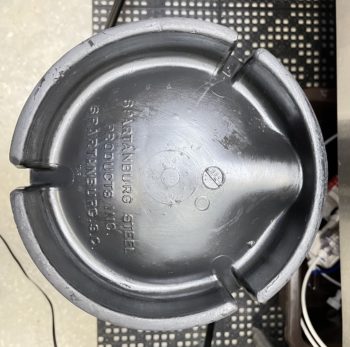

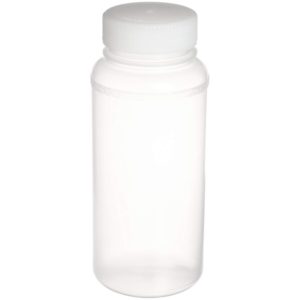





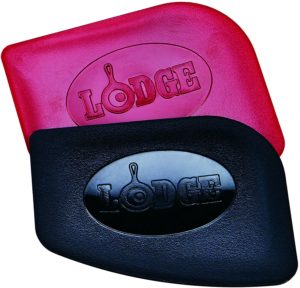
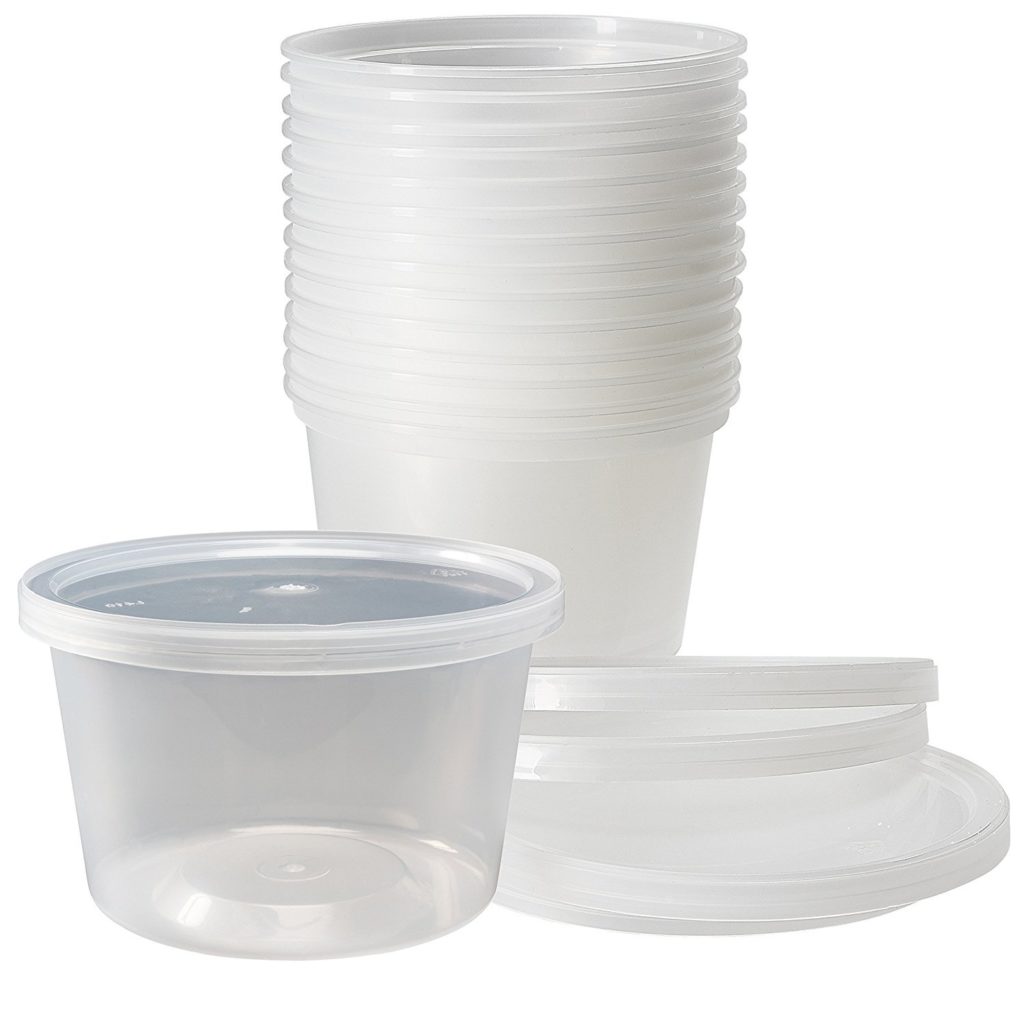
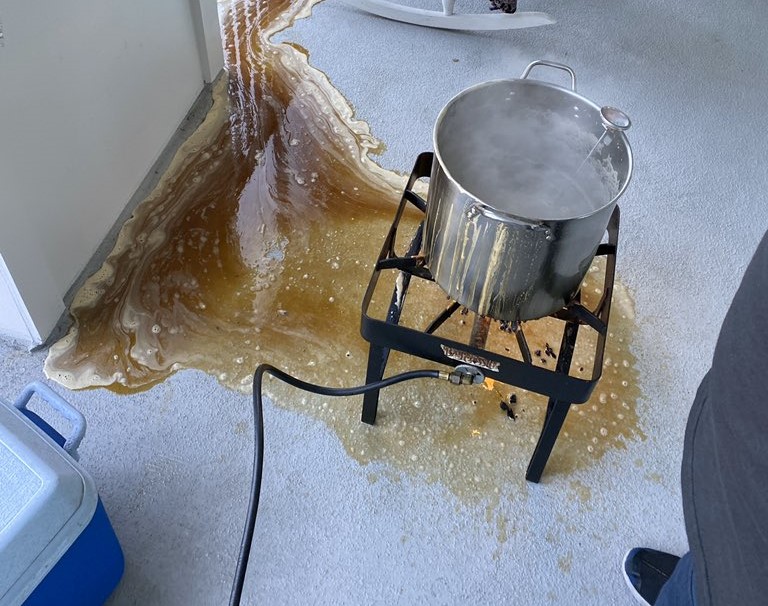 Thanks to
Thanks to 